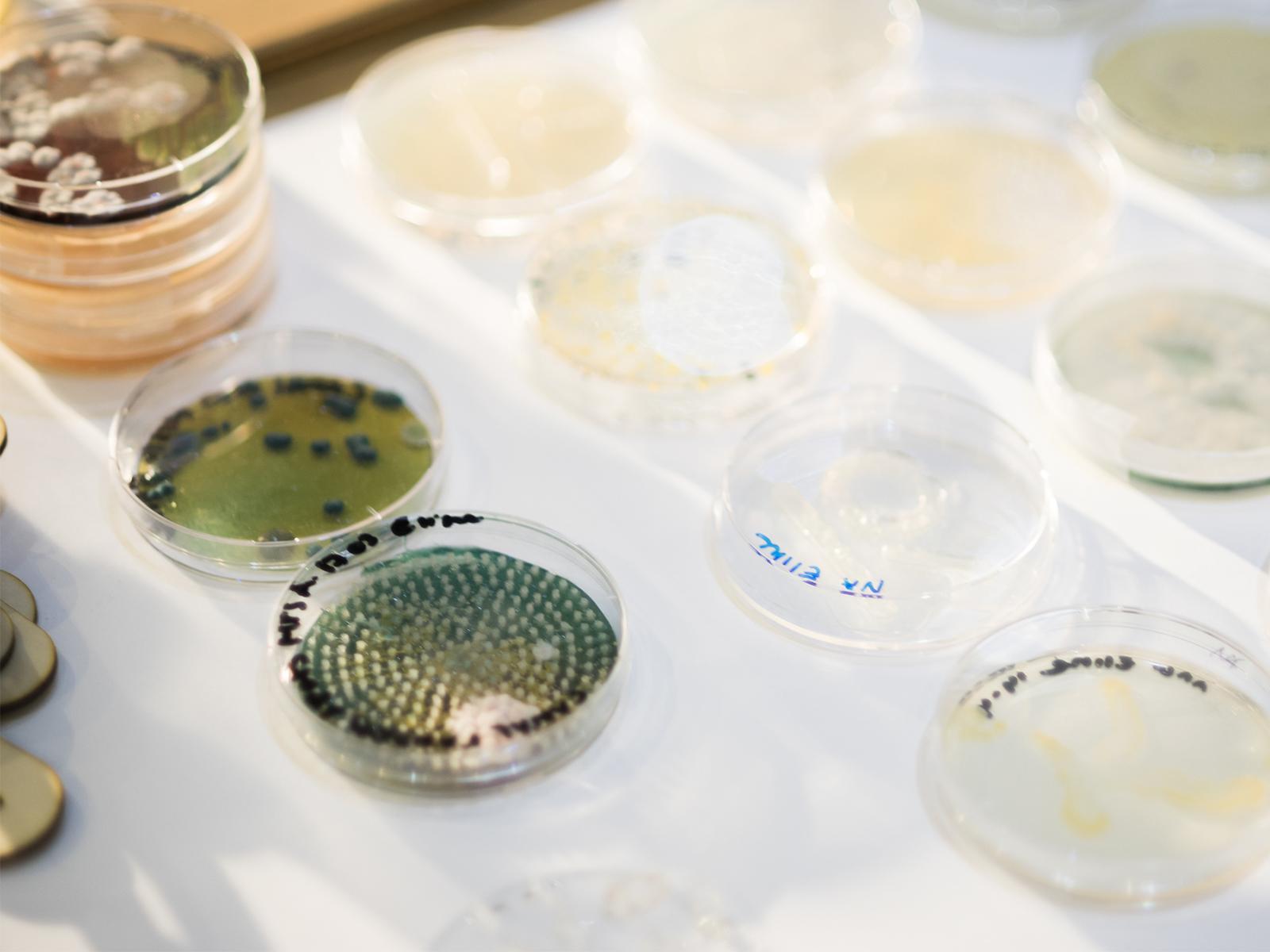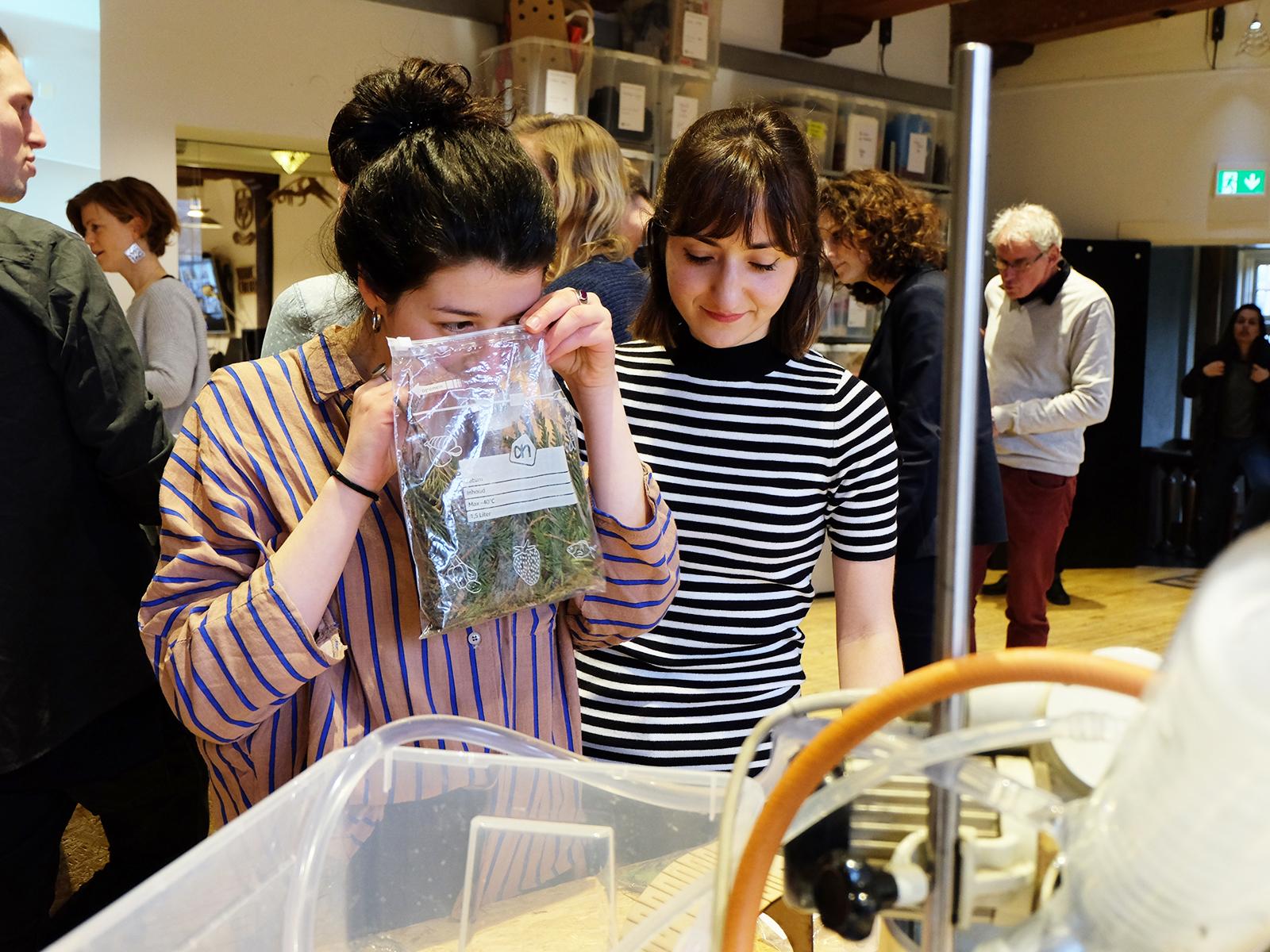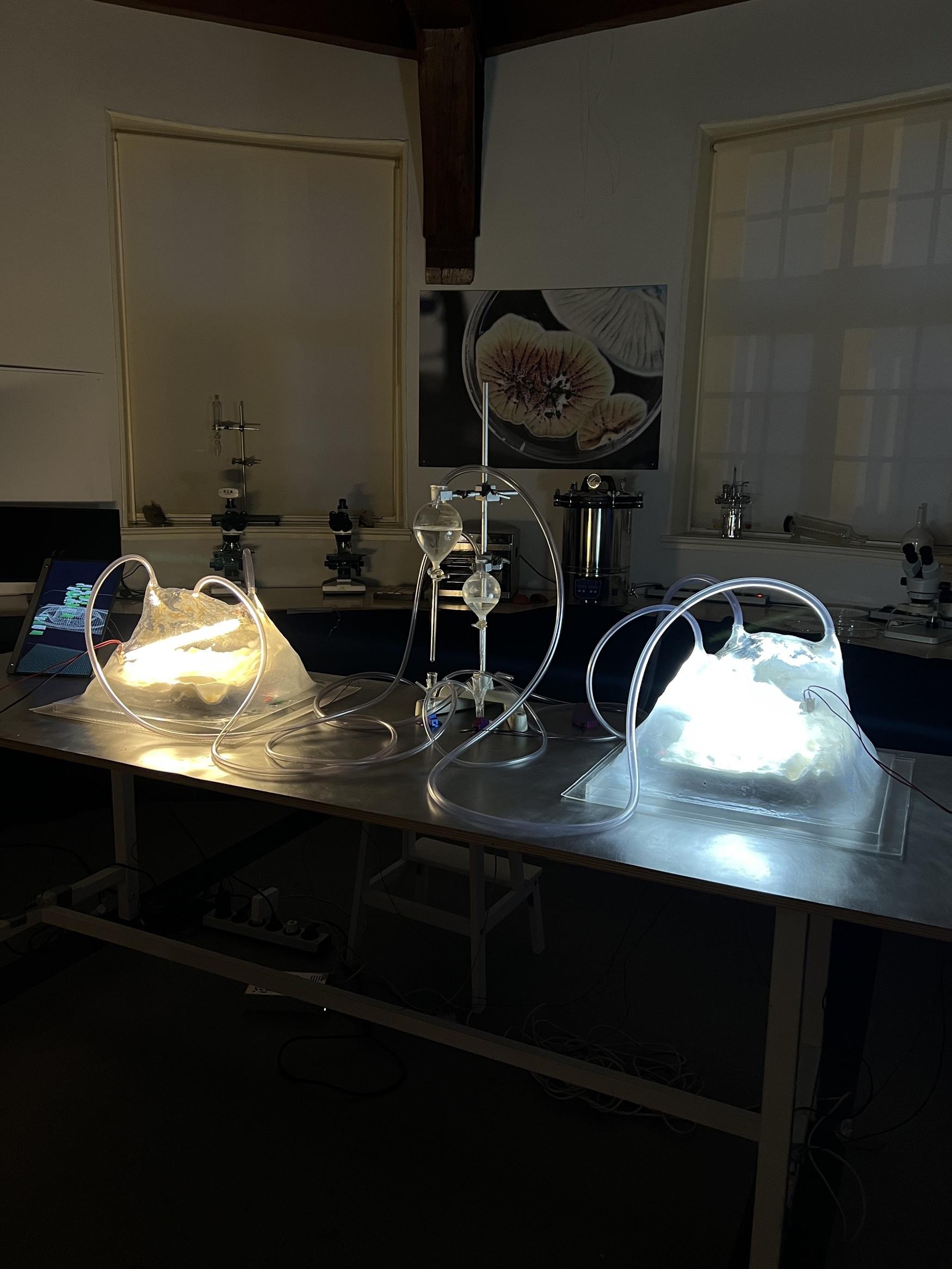In February, VPRO visited the BioHack Academy to conduct an CRISPR-Cas experiment, a revolutionary technique that make genetic manipulation accessible for everyone. This episode of Tegenlicht dives into the world of biohacking. Sunday March 25 the episode 'Doctoring with DNA' was broadcasted. Additionally VPRO Gids published an (Dutch) article on their visit to the Waag that puts the BioHack Academy, Roland van Dierendonck and Lucas Evers in the spotlight.
Genetic manipulation, bringing new genes in an organism, is a technique with that has far reaching consequences. Soon we will be able to 'repair' dna and prevent diseases. But gene technology also has a dark side. The simplicity and low cost make it accessible to everyone, which can lead to undesirable results. Super bacteria, life threatening viruses or scary mutations?
Watch this episode of Tegenlicht (most of it is in English)
During BioHack Academy #5 the students worked with microbes, algae, genetics and other forms of biotechnology. During weekly classes, students quickly learn the basics of biotechnology, 3D design, digital fabrication, programming and electronics. Students work with biomaterials and build open-source hardware that everyone manufactures in the Fablab. In Waag’s biolab we are allowed to experiment with some organisms. In addition, certain experiments may only take place if the authorities are informed and our biosafety officer is present. However, all steps put to the actual mutation can be carried out, in the case of CRISPR-Cas up to the heat shock. Below you can find part of the article by Hans van Wetering in the VPRO magazine:
"Creative researcher, biologist and head of the BioHack Academy Roland van Dierendonck (26) holds an introductory presentation. A flood of terms is passing by rapidly: Cas-9 enzyme, synthesizing, base pairs, target DNA, messenger RNA, template DNA. "Do you now understand a little how CRISPR works?", he asks. It is a lot of information. Cutting and pasting, that's the essence, that much is clear... Then the experiment really starts. The kit is unpacked. All kinds of bottles, petri dishes and plastic tubes, rubber gloves and a pipette, fluids with a transformation mix (chemicals that need to make the E. coli hospitable), a number of plasmids (circular pieces of DNA with the desired genes) and the transformation organism itself, of course, an E. coli bacterium.
"We are going to put a new piece of DNA into the bacterium, so that it becomes resistant to streptomycin, an antibiotic." Van Dierendonck says it carelessly. Nobody reacts at first. The technical process is explained. Then one of the participants raises the hand: "Ehm, but is not that dangerous?" Streptomycin is an old antibiotic, responds Van Dierendonck, it is practically no longer used.
"But of course there are questions about this type of research, you still play with antibiotics and resistance." - Hans van Wetering.
Read the complete Dutch article here.
The BioHack Academy #6 will start again in January 2019.


